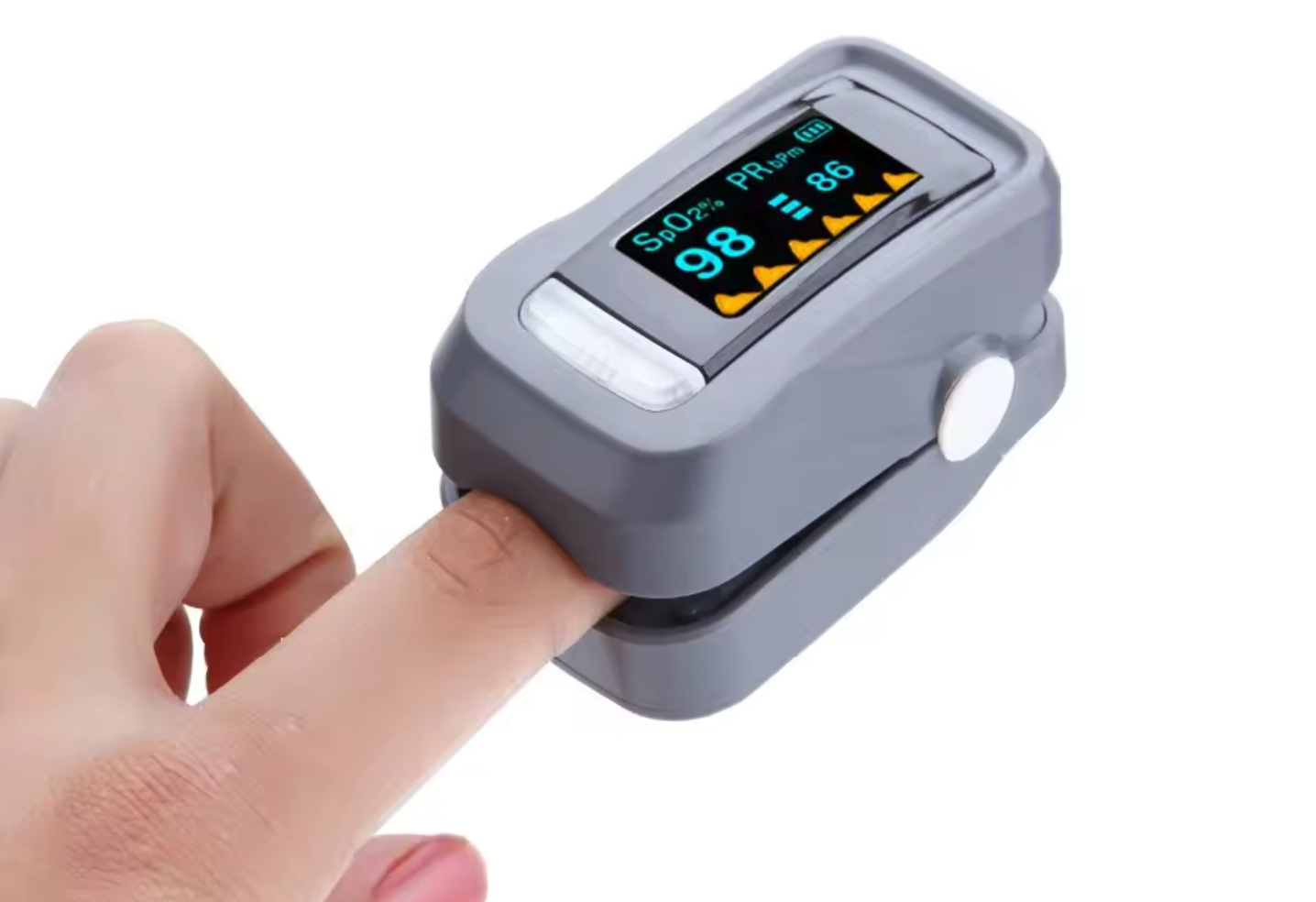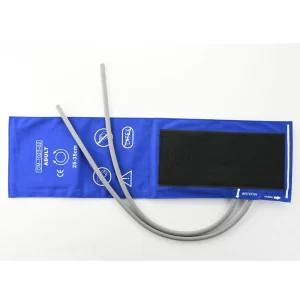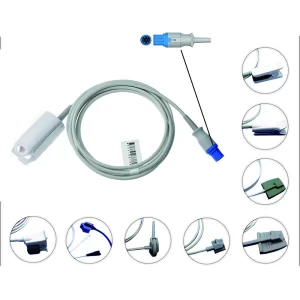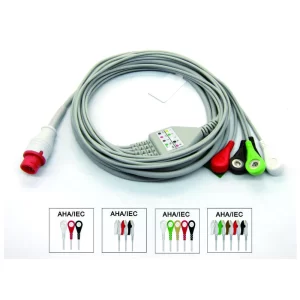When it comes to monitoring our health, understanding vital signs like SpO2 (Peripheral Oxygen Saturation) becomes crucial. But what exactly is a good SpO2 reading, and why does it matter? Let’s delve into the world of SpO2 and decipher its significance.
Understanding SpO2:
SpO2, known as oxygen saturation, is a critical metric that measures the percentage of oxygen bound to hemoglobin in the blood, primarily within the arteries. Think of hemoglobin as the body’s oxygen carrier, ferrying oxygen from the lungs to every cell and tissue. When oxygen binds to hemoglobin, it forms oxyhemoglobin, which gives blood its bright red color. Understanding SpO2 is like gauging how efficiently this oxygen delivery system is operating within your body.
Oxygen saturation plays a pivotal role in ensuring that organs and tissues receive the oxygen they need to function optimally. It’s akin to the fuel gauge in your car, indicating whether you have enough “fuel” (oxygen) to keep your body running smoothly. Without adequate oxygen saturation, cells can’t perform their tasks effectively, leading to a cascade of health issues.
Normal SpO2 Range:
Typically, a healthy individual exhibits an SpO2 reading between 95% to 100%. This range signifies optimal oxygen saturation, ensuring that organs and tissues receive adequate oxygen for proper functioning.
Factors Affecting SpO2:
SpO2 levels can be influenced by a myriad of factors, both internal and external. One of the primary factors is respiratory function. Conditions affecting lung health, such as asthma, chronic obstructive pulmonary disease (COPD), or pneumonia, can impair the exchange of oxygen and carbon dioxide in the lungs, leading to lower SpO2 readings. Similarly, cardiovascular issues like heart failure or congenital heart defects can impact blood circulation, affecting the delivery of oxygenated blood to tissues.
External factors like altitude can also affect SpO2 levels. At higher altitudes, where the air contains less oxygen, SpO2 readings may naturally be lower due to decreased oxygen availability. Additionally, lifestyle choices such as smoking or exposure to air pollution can compromise lung function, leading to decreased oxygen saturation in the blood.
Health Implications:
Both low and high SpO2 levels can have significant health implications. A consistently low SpO2 reading may indicate hypoxemia, which can lead to organ damage if left untreated. Conversely, excessively high SpO2 levels can result from conditions like hyperventilation.
Measurement Devices:
SpO2 levels are typically measured using pulse oximeters, which are non-invasive devices readily available in healthcare settings and for personal use. These devices provide quick and accurate readings of oxygen saturation levels.
How to Measure SpO2:
To obtain an accurate SpO2 reading, place the pulse oximeter on a fingertip, toe, or earlobe, ensuring a snug fit. Remain still during measurement, as movement can affect the accuracy of the reading.
Interpreting Readings:
Interpreting SpO2 readings involves understanding the context and individual factors. While readings within the normal range are generally considered healthy, deviations may warrant further investigation, especially if accompanied by symptoms like shortness of breath or dizziness.
When to Seek Help:
If SpO2 readings consistently fall below 90% or above 100%, it’s crucial to seek medical attention promptly. Additionally, experiencing symptoms such as persistent shortness of breath, confusion, or chest pain alongside abnormal SpO2 readings necessitates immediate medical intervention.
Improving SpO2 Levels:
To optimize SpO2 levels, focus on maintaining overall health through regular exercise, a balanced diet, adequate hydration, and avoiding smoking or exposure to pollutants. In cases of chronic conditions impacting SpO2, consult a healthcare professional for personalized management strategies.
Conclusion:
In essence, understanding what constitutes a good SpO2 reading empowers individuals to monitor their health effectively. By recognizing the significance of SpO2 levels, one can take proactive measures to maintain optimal oxygen saturation and overall well-being.
FAQs:
- What does it mean if my SpO2 reading is below 90%?
- A SpO2 reading below 90% typically indicates hypoxemia, signaling insufficient oxygen levels in the blood. It’s essential to seek medical attention promptly in such cases.
- Can SpO2 levels vary throughout the day?
- Yes, SpO2 levels can fluctuate based on factors like activity level, altitude, and health conditions. However, significant deviations from the normal range may indicate underlying issues.
- Is it normal for SpO2 readings to drop during sleep?
- Slight drops in SpO2 readings during sleep can be normal, especially during rapid eye movement (REM) sleep. However, persistent drops or readings below 90% may indicate sleep apnea or other sleep-related disorders.
- Can pulse oximeters provide inaccurate readings?
- While pulse oximeters are generally reliable, factors like poor circulation, nail polish, or movement during measurement can affect accuracy. Ensuring proper placement and minimizing external interference can help obtain accurate readings.
- Are there any natural ways to improve SpO2 levels?
- Yes, maintaining a healthy lifestyle through regular exercise, proper hydration, and avoiding smoking can contribute to improved SpO2 levels. However, individual circumstances may vary, and consulting a healthcare professional is advisable for personalized recommendations.






